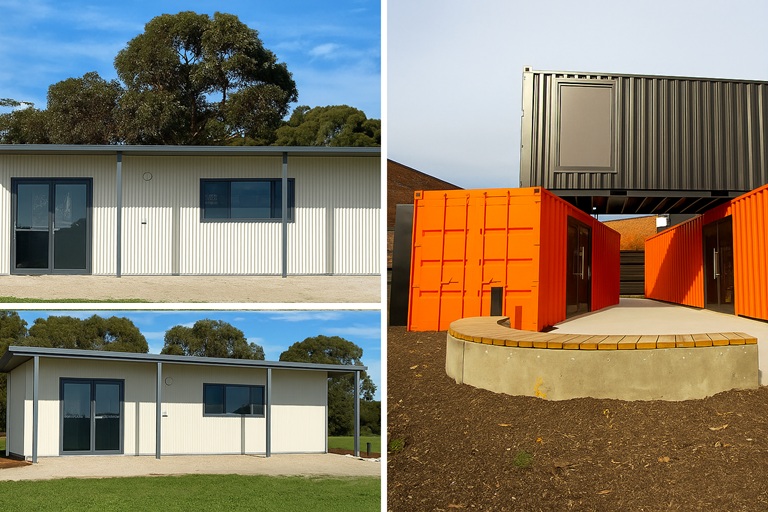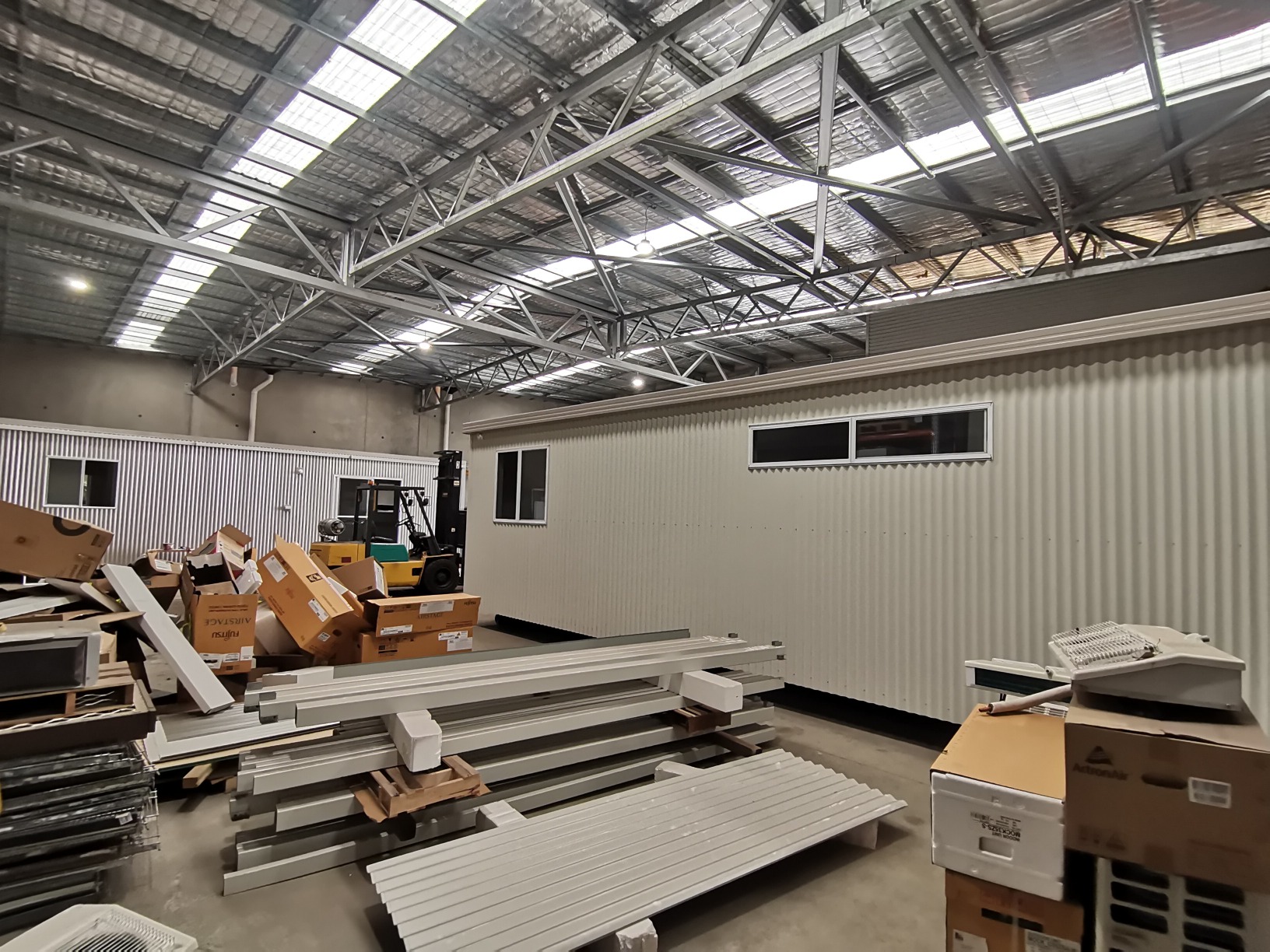What’s the difference between modular and container homes?

The idea of building a home from a container has become very popular over the last decade. Afterall you are taking something existing and repurposing it to create a home. What about modular homes, like the ones build by Aussie Bush Cabins – how do they compare? In this case, a pre-designed plan is followed, and the house is constructed in a warehouse, saving on overall material and labor costs.
Base of the structure
Modular homes are built on a solid steel structure to help strengthen and make it transportable. The size of the structure can vary and is fully customizable per the requirements of the client.
Shipping containers are made with Corten steel, able to carry a load of 30 or more tons, so, it’s already engineered for heavy loads. Container sizes are usually universal leaving little room for customization based on dimensions apart from cutting out walls or adding more container units to a home.
How each one is built

At Aussie Bush Cabins, we build our homes at our warehouse in Milpara, Western Australia, after which they are transported via truck to the client’s location. Container homes are also transportable to some degree, but it depends on the type of build. Often, they are also built offsite like modular homes, but this can vary depending on building specifications.
Design flexibility
Containers limit you with a preset steel shell in terms of size and appearance, resulting in a distinctive industrial design. Modular homes, by contrast, offer much more flexibility in size, exterior finishes, and internal layout, and they can resemble traditional homes when complete.
We offer a range of cladding types to suit different tastes and local council requirements.
Because we use welded steel framing, our designs allow for more space for insulation. In contrast, container homes require additional insulation work, as the steel shell conducts both heat and cold.
For clients with disabilities, modular homes make it much easier to incorporate accessible features such as disability-friendly bathroom layouts, wider doors, and wheelchair access. In contrast, the fixed dimensions of container homes can pose challenges for implementing such features.
Eco friendliness

The major draw of using a container home is upcycling existing material, whereas modular homes use new materials. However, a container home still requires framing, insulation, and internal linings—which means many of the materials used aren’t recycled after all.
Our modular homes are built with an energy efficient design, resulting in an energy star rating of 7 – all in compliance with Australian standards including cyclone and bushfire codes (BAL ratings). Our cabins are engineered to meet tough weather‑event resilience requirements as per the Australian climate zone map and wind regions.
Off-site construction also reduces on-site disturbance and waste, further aligning with sustainable building practices.
Backed by the government

Modular homes have become a preferred affordable housing solution for the Australian government. As we’ve shared before, several initiatives have been launched to help address the housing shortage and support first-home buyers through loan assistance programs.
Billions have been allocated to invest in modular housing due to its affordability, sustainability, and quality living standards.
In contrast, while container homes are an innovative concept—and many beautifully designed examples exist —they come with design and regulatory complexities that limit scalability and accessibility compared to modular homes.
Interested in finding out more?
Want to find out more about the various modular homes we offer and how we can customize it to fit your needs?
Contact us today!
Phone: 08 6401 5848
Email: info@aussiebushcabins.com.au
